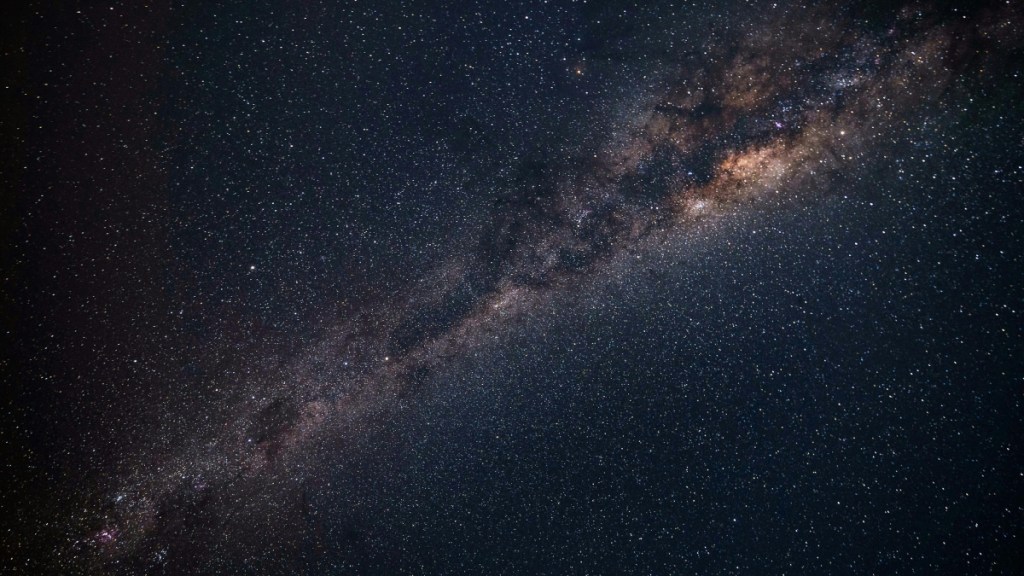The European Space Agency reported that an asteroid headed for Earth earlier this week, leaving a fire trail behind. According to a post on X, the asteroid was small and likely harmless. It would produce a “nice fireball in the sky over northern Siberia.” The ESA shared an update later in the day, saying it discovered the asteroid “roughly 12 hours ago” as it made its way into Earth’s atmosphere.
Videos by InspireMore
Incoming!☄️
— European Space Agency (@esa) December 3, 2024
A small asteroid has just been spotted on a collision course with Earth. At around ~70 cm in diameter, the impact will be harmless, likely producing a nice fireball in the sky over northern Siberia around seven hours from now at ~16:15 +/- 05 min UTC (17:15 +/-5 min… pic.twitter.com/ie9yj0FHfB
The Asteroid Intrigued Many People
An ESA follower shared, “THAT IS IMPRESSIVE!! WITH ALL THE SPACE DEBRIS THEY WERE ABLE TO PICK THAT LITTLE BUGGER UP IS TRUUUUUULY IMPRESSIVE!!”
Many agreed. Like this person, “Amazing how this is all calculated & discovered in such a short time.”
This person hoped to see this from the sky. “Would love to see this while flying a plane.”
☄️Footage of an asteroid entering Earth's atmosphere, passing over Russia’s Siberian republic of Yakutia in the early hours of Wednesday (3 December) morning.
— Euronews Next (@euronewsnext) December 4, 2024
The asteroid measured an estimated 70cm, according to the European Space Agency (ESA). pic.twitter.com/YSGrdv6Fsf
But this person wondered if it was truly something otherworldly. “Are you sure it’s not a spacecraft from an alien world? Please do warn us in advance if it attempts to soft land or tries to abduct any humans…”
Later, NASA Asteroid Watch shared the excitement on X. “At 11:14am EST, a very small (<1m) #asteroid will impact Earth’s atmosphere and create a harmless fireball over eastern Russia’s Olyokminsky District. The asteroid was first observed with the University of Arizona’s Bok telescope by the @NASA funded Catalina Sky Survey and Spacewatch. The impact prediction was made by the Scout system at @NASAJPL’s Center for Near-Earth Object Studies (CNEOS).”
Richard Moissl shared a compilation of videos on X.
According to NASA, we actually see asteroids hit Earth every day. “Every day, Earth is bombarded with more than 100 tons of dust and sand-sized particles. About once a year, an automobile-sized asteroid hits Earth’s atmosphere, creates an impressive fireball, and burns up before reaching the surface.”
You can find This story’s featured image here.
Want to be happier in just 5 minutes a day? Sign up for Morning Smile and join over 455,000+ people who start each day with good news.

